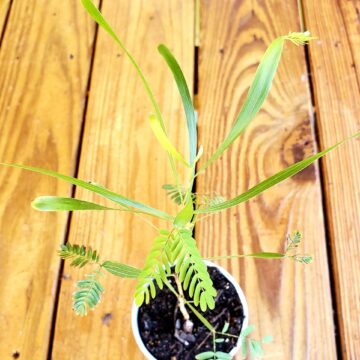Description
Black raspberry is not to be confused with blackberry. Blackberries are typically larger, shiny and firmer. Black raspberry is delicate and plush with a velvety skin like its red counterpart. The flavor “blue raspberry” is actually derived from the black raspberry, and despite its dark color, black raspberry may also be known by the name “blue raspberry”. There is no separate species known as “blue raspberry”. If this all sounds confusing, just remember that black berry is not the same as black raspberry. But blue raspberry is. Black raspberries can be used in the same ways as red raspberry, although they are a bit more popular for canning than red raspberries. The leaves of this species are also used in herbal tea and medicine much like red raspberry leaf. Raspberry leaf is astringent and stimulating, which makes it good for digestive support. It is considered safe for children and pregnant females. It is even used to prepare for pregnancy. The fruit is sometimes used for liver support as well. The entire plant, including the leaves, flowers and fruit are high in antioxidants. But like red raspberry and blackberry, black raspberry grows on thorn bushes. You can utilize this as a natural barrier, though, to keep larger animals and even people out of certain areas such as your vegetable garden. Black raspberry is potentially a bit more cold hardy than red raspberry. It can reportedly live in zones 3 and higher.
Growing Instructions: The seeds can be stubborn to germinate. Some growers will pretreat the seeds with a mild sulfuric acid solution or vinegar to help simulate digestion. The seeds are naturally spread in bird droppings, and so they would have been exposed to acids during digestion that help assist germination. So you can begin with a short soak in acid before soaking in water. The acid step is optional, but it should help. The next step would be to place the seeds in hot tap water and let them soak for 24 hours. It is ideal to cold stratify them prior to sowing as well because they normally experience temperature change in the wild. So keeping them in the fridge will simulate winter, and the temperature change after that can help trigger the natural germination responses in the seed. Place them in moist paper towels or any other type of growing medium where it will allow the seeds to remain moist, without mold forming and you will still be able to retrieve the seeds. Keep the seeds in the fridge for up to 90 days. If you’re not sowing the seeds right away, you should keep them in the fridge because this will help this process. After all of this, it will be time to sow the seeds in soil. Sow them 1/8” deep in a fertile soil mix rich in organic matter. As an alternative to cold stratification, in areas where the winters are cold enough, you can also sow the seeds outdoors in the fall, allowing them to experience winter naturally. Germination may take more than one season. For best results, mulch the bases of your plants once they reach 8”.
In purchasing, international buyers agree to assume the risk of arrival of all items. We cannot replace lost or seized items. You will be required to confirm that you agree to these terms before items can be sent.






